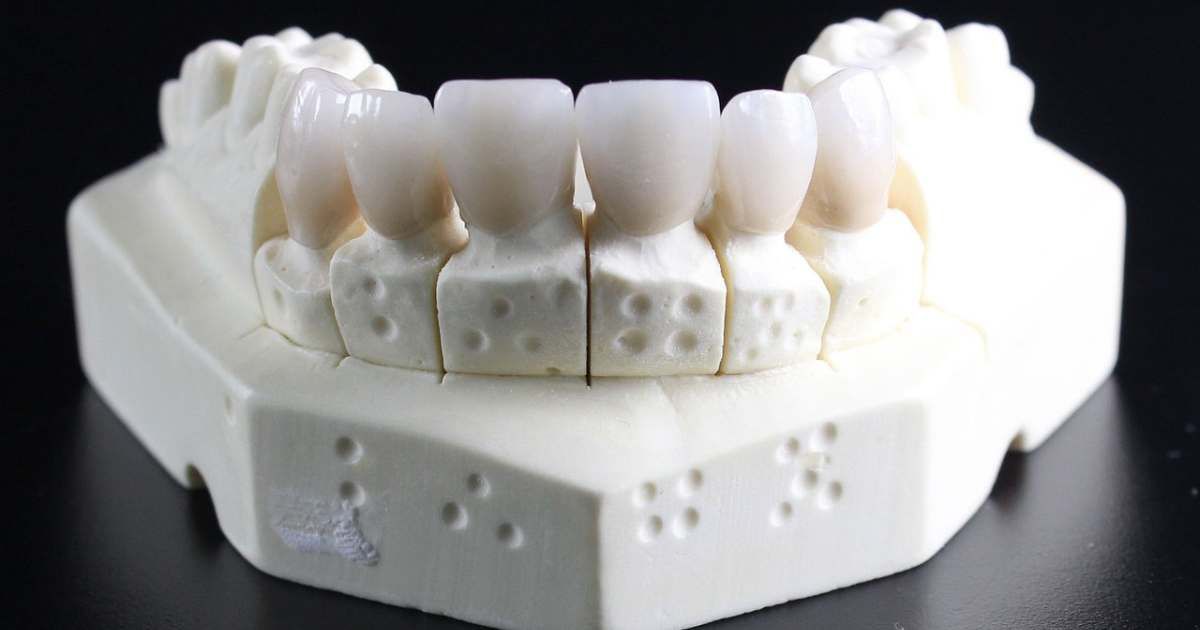Native Americans May Not Have Come From Japan, Study on Ancient Teeth Reveals Why the Theory ‘Simply Does Not Match’

For a long time, the lore of how the first people arrived in North America has fascinated archaeologists. The mere idea that these early migrants traveled from Asia across the Bering Land Bridge during the last Ice Age has stood the test of time. But the main question is, where did they come from? A groundbreaking theory indicates that these ancient people were directly linked to the Jomon people of Japan, largely based on similarities in stone tools discovered on both sides of the Pacific. However, a study is now challenging that belief, facilitating fresh details through a stunning source: ancient teeth, as per Taylor & Francis.

A detailed analysis of almost 1,500 sets of super ancient teeth has revealed that Native Americans are not biologically linked to the Jomon people as was believed once upon a time. Dr. G. Richard Scott, lead author of the study, remarked, "The Jomon were not directly ancestral to Native Americans… They [the Jomon] are more aligned with Southeast Asian and Pacific groups than with East Asian and Native American groups," as per Live Science. Unlike the earlier narrative driven by artifacts, this new discovery depends on the genetic data encoded in teeth, which are assumed to be a highly reliable indicator of lineage.
Most importantly, these dental traits are polygenic (shaped by several genes), making them different from other traits like blood type that are controlled by a single gene. Now, as they are rarely influenced by the environment, the basic structure and shape of teeth provide an unbiased portal to ancient human migration. For further detailed analysis, experts compared 25 dental traits across populations, including the Jomon, Native Americans, and groups from East and Southeast Asia, as well as the Pacific. The results were astonishing. Co-author John Hoffecker shared, "The artifact similarities between ancient Jomon and at least some of the earliest known Native American sites lie in the stemmed projectile points,” as per Live Science.
The Ainu of Japan carry genes that are related to facial structure in Europeans - very evident in photographs. They descend 75% from Jomon, who have a very weak genetic link to the Ancient North Eurasians. Possible that the aforementioned genes are ANE-derived. pic.twitter.com/WBQnkPypru
— th_l_t_d_ 🇺🇸 (@thltd_) September 18, 2024
On top of all this, geneticist Dennis O’Rourke highlighted, “This is particularly clear in the distribution of maternal and paternal lineages, which do not overlap between the early Jomon and American populations,” according to Smithsonian Magazine. Moreover, the team also used a computer algorithm, originally developed by a PhD student in Portugal, to calculate ancestry probabilities from dental morphology. What was the revelation, you wonder? The first Americans share a much closer connection with ancient populations from Siberia and other parts of East Asia, not Japan. Moreover, Scott emphasized, "A change in the environment does not trigger a change in dental morphology… You can invent similar artifact styles, but you cannot invent your dental morphology."
Scott further added, "Ancestors of Native Americans were likely stalled out in Beringia during the late Pleistocene [when ice sheets and glaciers would have trapped them] until conditions improved enough to allow travel down the west coast of North America… And during this period of isolation, they differentiated from ancestral populations in East Asia," as per Live Science. The study also references fossilized footprints discovered in New Mexico, dated to 23,000 years ago, well before the Jomon civilization emerged in Japan. This finding further distances the timelines and undermines the notion of a direct link.